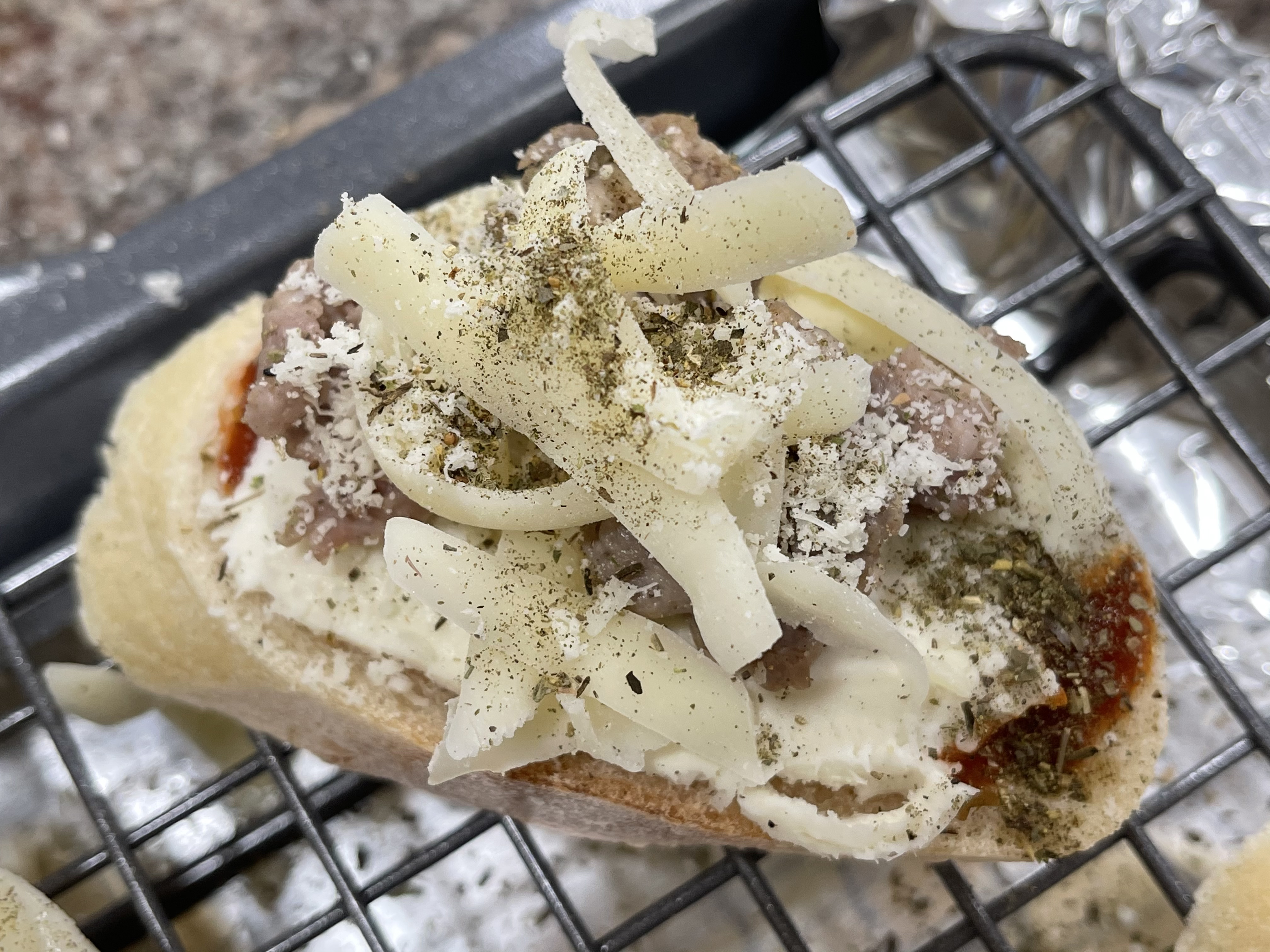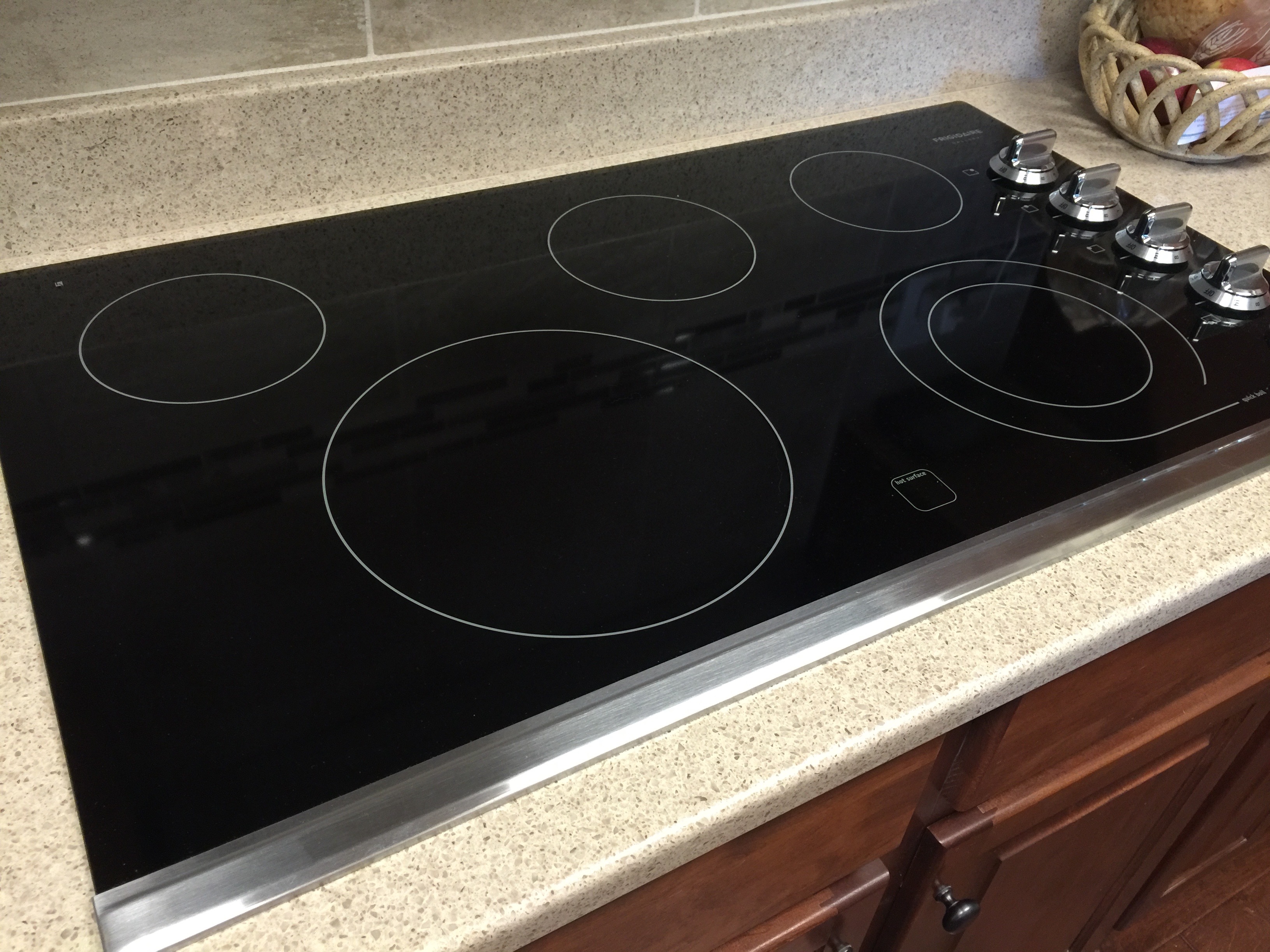
Lately I found myself buying store bought food and doctoring it up. It’s a great way to get a quick meal on the table but with some fresh flavors you don’t often find in simple store bought food. This time I decided to take a package of chicken and mozzarella stuffed ravioli and create a casserole that was simply fabulous. I posted a couple of pictures online and got several requests to post the recipe. So here goes…
Lesson Learned 1 – Use a gourmet ravioli: Although the regular type ravioli (like Butoni) is fine, the type of ravioli I used was much bigger and more flavorful. I used a 9 ounce package of chicken and mozzarella stuffed ravioli that I bought at my local grocery store.
Lesson Learned 2 – Don’t be afraid to experiment: I found a basic ravioli casserole recipe online and then added some additional agreements. Case in point, the recipe I used call for a 1/2 cup of cottage cheese. I substituted a half cup of whole milk ricotta. The ricotta/cream cheese mixture turned out divine and much better, at least in my estimation, by using the ricotta instead of the cottage cheese. But if all you have on hand is cottage cheese, use it. I also added some Italian seasoning both to the ravioli mixture and then on top of the casserole. And I cooked up some sweet Italian sausage and added it to the marinara sauce. I also added the mozzarella slices on top and that created a great gooey consistency to the casserole. So go ahead, be brave. It is so worth it.
Lesson Learned 3 – Grate your own parmesan: Again, if you can, buy parmesan by the brick and grate it in your food processor. The texture and flavor is so much better.

I was so pleased with how this turned out. I hope you try this recipe. I know you will love it.
Ravioli Casserole...
INGREDIENTS:
1/2 pound sweet Italian sausage, cooked
1 28 oz. jar of marinara sauce
1/2 cup whole milk ricotta
4 oz. cream cheese, room temperature
1/8 cup sour cream
1/2 tsp. garlic powder
2 Tbs. fresh flat leaf parsley
2 tsps. Italian seasoning, divided
1 Nine oz. package of gourmet ravioli
Packaged sliced mozzarella, 6 slices
1/3 cup grated parmesan
DIRECTIONS:
Preheat the oven to 375. Spray a 3 quart casserole dish with cooking spray. In a medium size skillet, cook the Italian sausage. Drain the grease and add the marinara sauce. Bring the marinara sauce to a simmer.
While the marinara sauce is simmering combine the ricotta, cream cheese, sour cream, garlic powder, parsley and 1 tsp. of the Italian seasoning. Stir to combine. Add the ravioli and gently toss it with the ricotta mixture until the ravioli is completely coated.
Spread a small portion of the sausage and marinara sauce on the bottom of the casserole dish just to slightly coat it. Spread the ravioli mixture evenly into the dish. Pour the remaining marinara sauce over the ravioli mixture. Place the slices of mozzarella on top of the marinara sauce. Sprinkle the remaining Italian seasoning and grated parmesan over the mozzarella.
Cover the casserole dish with foil and bake for 35 minutes. (you may want to place the dish on a foil lined baking sheet to prevent any spills on the bottom of your oven). Uncover the casserole and bake for an additional 10 minutes.
Remove the casserole from the oven and let it sit for 5 minutes. Serve with a side salad and some crusty bread and butter.




















 Take a silicone brush and lightly coat the bottom and sides of the skillet. You really don’t want a lot of oil sitting on the bottom. That will give you a greasy crust. And make sure you use a good quality olive oil. I used a garlic infused olive oil when I made the rosemary parmesan bread and a mild flavored premium olive oil for the cranberry walnut bread. If you don’t overdo the oil the crust will have just the right amount of crispiness and will taste heavenly. Just make sure you use a good olive oil. I prefer the crust in this method compared to the crust you get when using an enameled cast iron dutch oven (in the process you do not oil the pan). That crust, to me, is a little tougher. But don’t get me wrong, both methods produce wonderful bread.
Take a silicone brush and lightly coat the bottom and sides of the skillet. You really don’t want a lot of oil sitting on the bottom. That will give you a greasy crust. And make sure you use a good quality olive oil. I used a garlic infused olive oil when I made the rosemary parmesan bread and a mild flavored premium olive oil for the cranberry walnut bread. If you don’t overdo the oil the crust will have just the right amount of crispiness and will taste heavenly. Just make sure you use a good olive oil. I prefer the crust in this method compared to the crust you get when using an enameled cast iron dutch oven (in the process you do not oil the pan). That crust, to me, is a little tougher. But don’t get me wrong, both methods produce wonderful bread.


















 Lesson Learned 1 – I used ground italian sausage but you can also use prosciutto: My husband needs to eat foods that are easy to chew and so I used ground italian sausage. If you choose to use prosciutto, use about 5 thin slices. Add them to the onions once they are translucent and cook them until they are crisp. Then follow the remainder of the recipe as is. I guarantee it will be equally as good.
Lesson Learned 1 – I used ground italian sausage but you can also use prosciutto: My husband needs to eat foods that are easy to chew and so I used ground italian sausage. If you choose to use prosciutto, use about 5 thin slices. Add them to the onions once they are translucent and cook them until they are crisp. Then follow the remainder of the recipe as is. I guarantee it will be equally as good. when I looked at the ingredients they were all natural. There were no names that I couldn’t pronounce. Natural and organic foods are much higher in cost. That is unfortunate as I hate to think about all these chemicals we can put in our bodies every day. But heck, before I was born my mother drank and smoked and I’m still here. I guess the idea is why tempt fate. The better you take care of yourself the better your chances are of living a longer healthier life.
when I looked at the ingredients they were all natural. There were no names that I couldn’t pronounce. Natural and organic foods are much higher in cost. That is unfortunate as I hate to think about all these chemicals we can put in our bodies every day. But heck, before I was born my mother drank and smoked and I’m still here. I guess the idea is why tempt fate. The better you take care of yourself the better your chances are of living a longer healthier life.



















